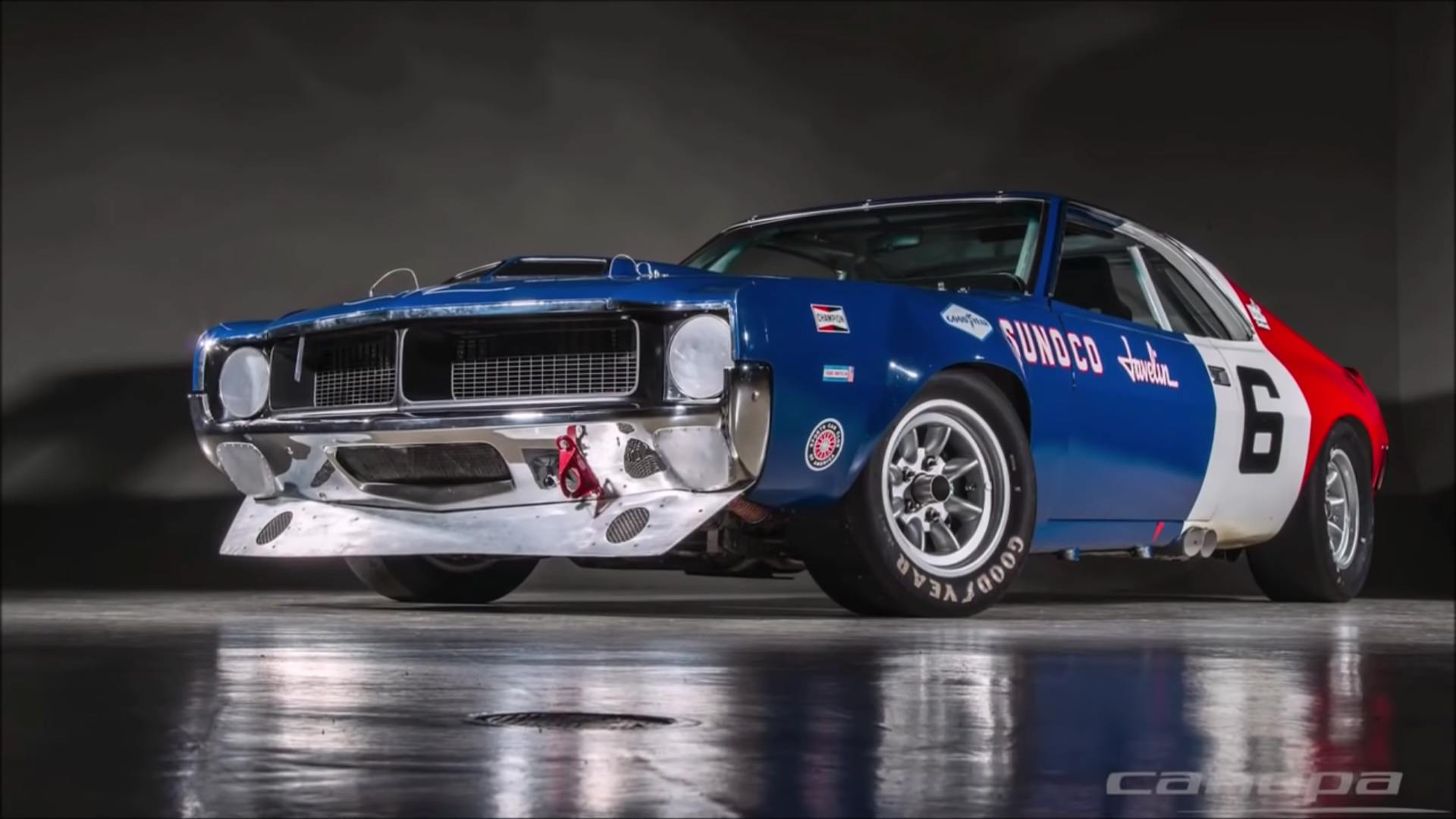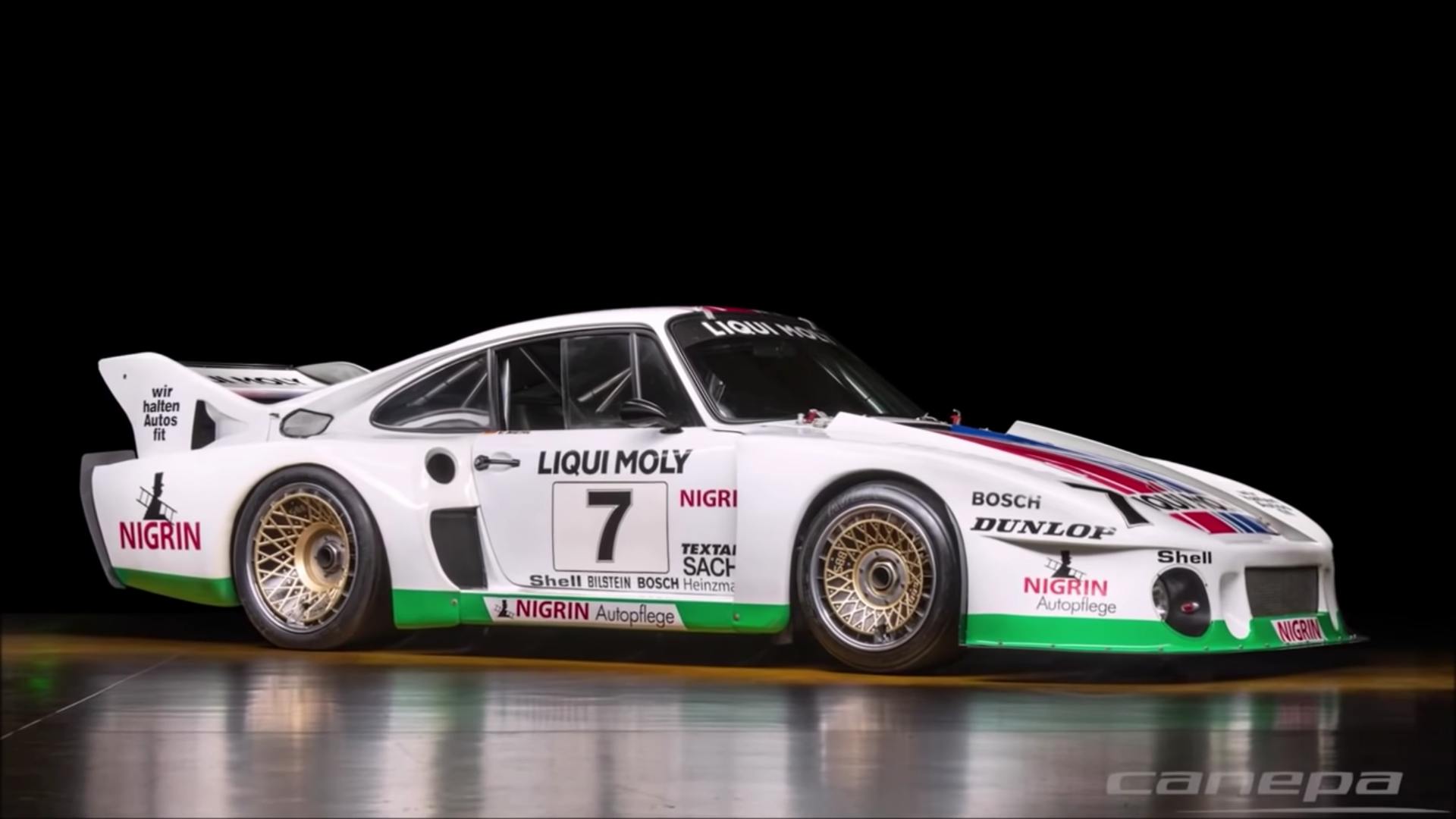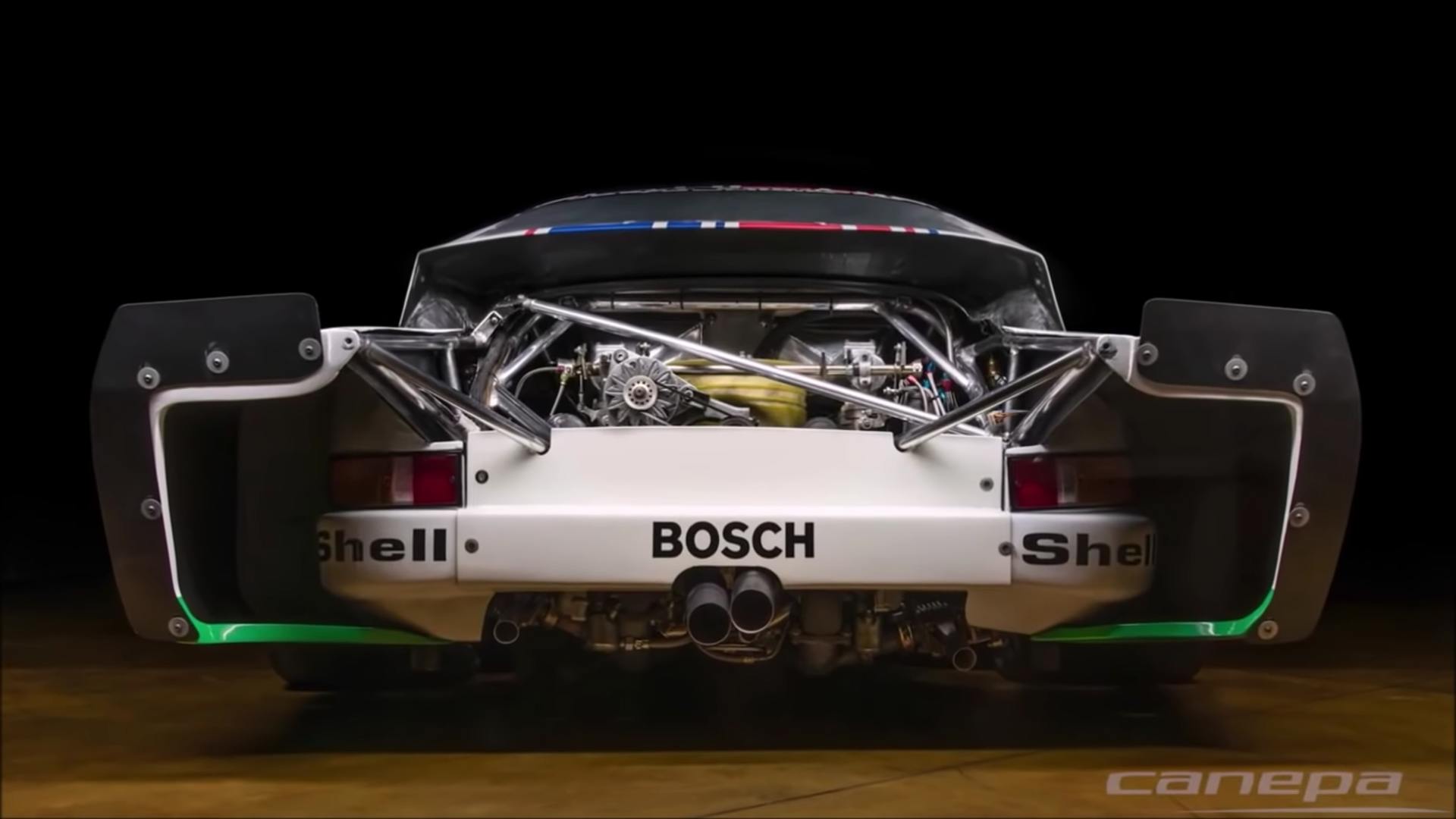Take the full tour of Bruce Canepa’s dream-car empire

Bruce Canepa may be best known for bringing the Porsche 959 to America and tweaking the platform ever since, but as a specialist dealer, his highly equipped workshop also houses over 100 other rare cars at any given moment. As a former Pikes Peak, IMSA GT, sprint car, supermodified, and Trans Am racer, Canepa also maintains what’s known as the The Canepa Motorsport Museum, a collection of his favorite historically significant speed machines.
Upstairs at the showroom in California’s Scotts Valley, you can feast your eyes on such available collectibles as Chip Ganassi’s personal Ford GT, Jerry Seinfeld’s Porsche 964 RS, a McLaren P1 GTR, a perfect BMW M1, and both a 289 and a 427 Cobra. In addition to several 356s, Jaguars, and Ferraris, the museum is home to a few cars that have been with Canepa since the late ’70s.
The journey begins with Canepa’s first Pikes Peak car from 1979, a 1000-pound gravel racer with a 400-hp Porsche turbo powerplant. Next up is the first RSR Porsche built as a works car, 1974’s Le Mans class winner. Continuing with the theme, there’s Canepa’s single-turbo 1977 934.5 built for IMSA, parked close to a late factory 935 with a Joest Racing widebody kit. The other Porsche 935 in-house is the final and fastest Kremer evolution, the mighty K4.
When one likes 917s, it’s good to have both 1970’s Daytona winner 917K and the later Can Am version rated at 1200 hp in qualifying tune. While these cars use basic aluminum tubs, the 962C of Jackie Ickx and Jochen Mass is also present to take you into the composite era.
Porsches aside, there’s the 1970 AMC Javelin Trans Am campaigned by Penske Racing, Steve McQueen’s 1961 Cooper T56 Formula Junior, the 1969 Ford 427 Torino from the only year Richard Petty drove for the Blue Oval, and an all-original Austin Healey from the golden era of sports car racing. These are kept company by Jochen Mass’s Ford-powered 1972 Chevron B21; Dan Gurney’s first Indy Car, the 1966 Eagle T1F; the ultra-fast Lola T9100 Indy Car from 1991; the second chassis of Dale Earnhardt’s 200-mph Chevrolet Monte Carlo from the 1987 season; the only Audi R15 TDI Le Mans prototype in private hands; the wonderful, Pininfarina-designed Lancia Montecarlo Group 4 racer; and a Fiat Abarth 1000 Berlina Corsa from 1969.
Further U.S.-specific gems include a 1976 Maxwell Sprint car in dirt configuration, Don Prudhomme’s 3000-hp Shelby Super Snake Top Fuel Dragster from 1967, a ’34 Ford hot rod with a supercharged flathead built for Bonneville, and three generations of Sprint and Indy cars: 1953’s Kurtis 500B, 1960’s 1960 Kuzma USAC, and the 1961 Estes Sprint Car.
Here’s Bruce Canepa to tell you all about them:
To get a better understanding of what Canepa is doing, we have to visit his workshop and storage facility. With at least fifty projects managed at any given moment, the place is home to over a hundred vehicles of all colors, shapes and origins. Apart from the plating of parts, every process is kept in-house: fabrication, machining, upholstery, body and paint, engines, and composite work.
Canepa’s team has rebuilt around 14 Porsche 959s so far, with its upgraded 959 SCs rated at 950 hp on E85. These specials take roughly 4300 hours to finish, but they are hardly the only Porsches on the team’s to-do list. Other projects include the Esso-liveried 911 rally car Jean Todt co-piloted in 1974; the final, 1800-pound 911 R prototype (#4); several 356 Outlaws; a 993 GT2; and even a one-off known as 2000’s Carrera GT prototype. However, because Bruce Canepa will gear up for any challenge he fancies, the shop currently also deals with oddities such as a stealth Maybach and a ’67 Cadillac Eldorado Custom, tube-framed wonders such as an early Lamborghini Countach, supercars like a Bugatti EB110, and several classic Ferraris and Jaguars.
What would such a place have in the racing car section of the workshop? I guess you’ll have to find out with the man himself, courtesy of the Petersen Automotive Museum:




